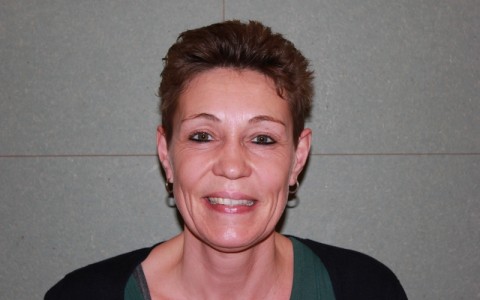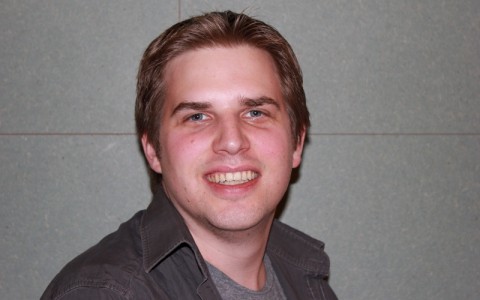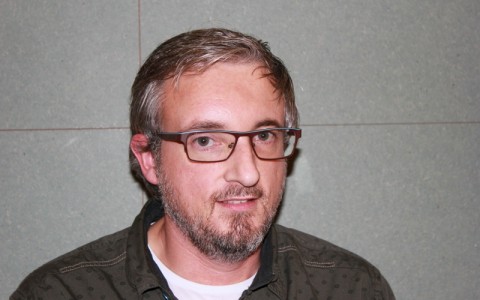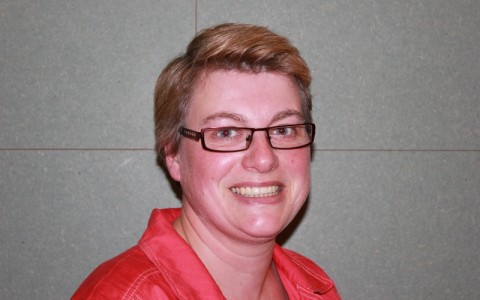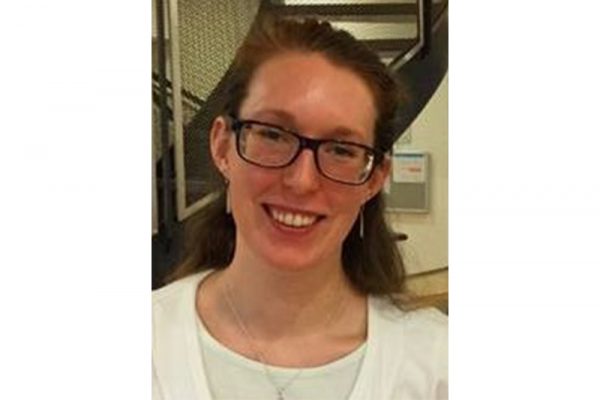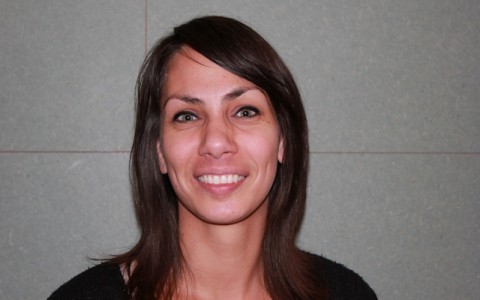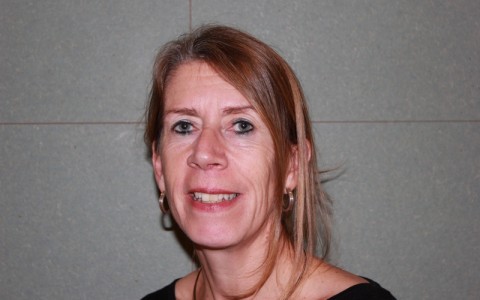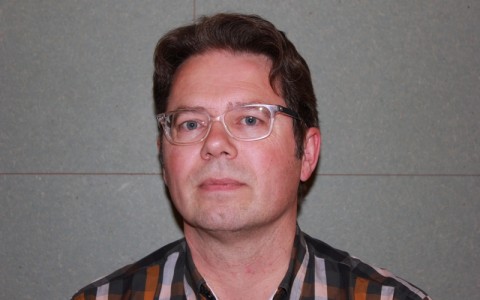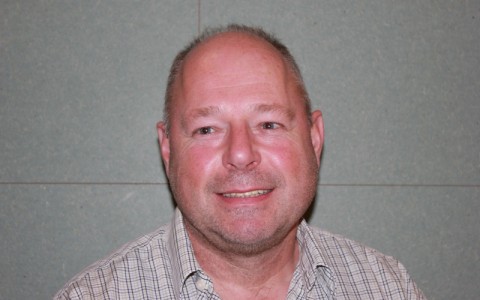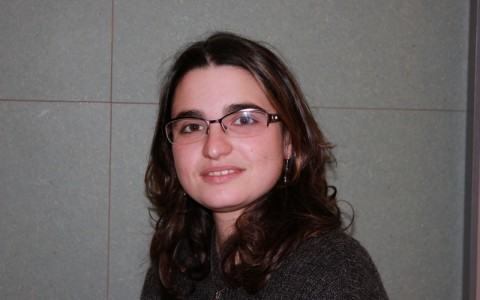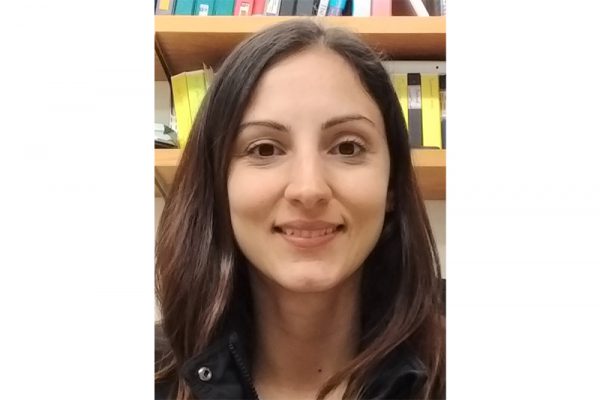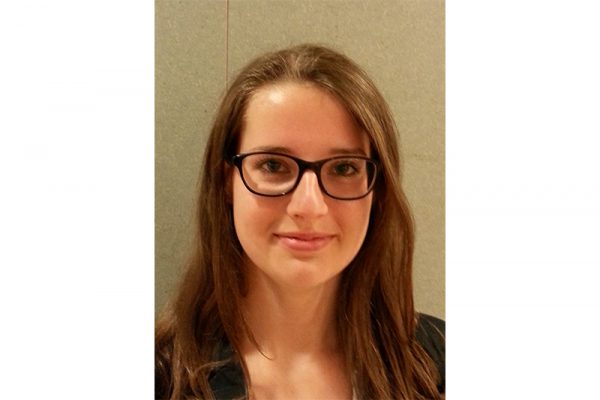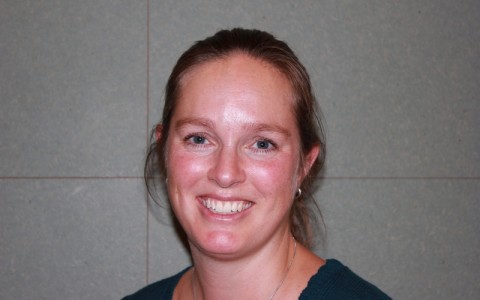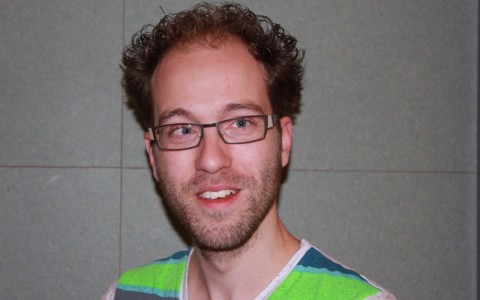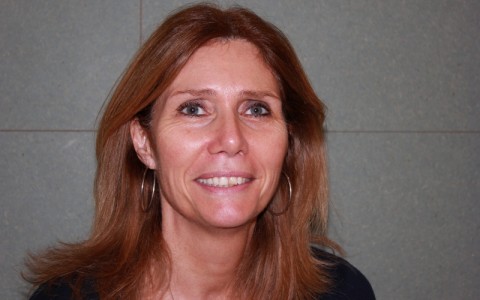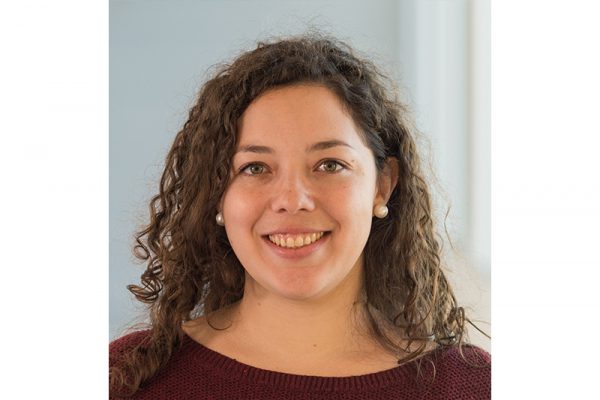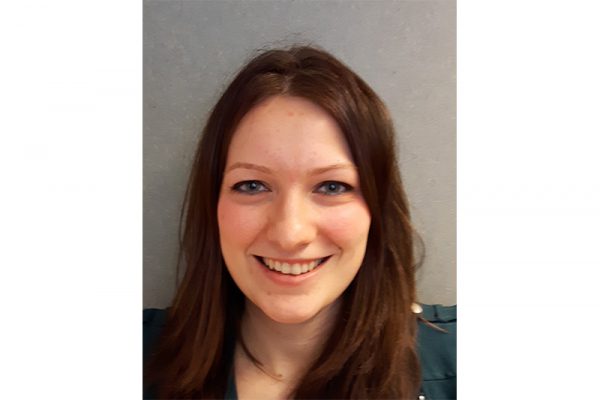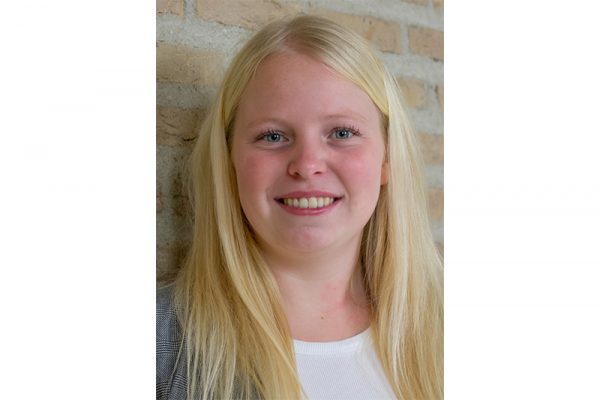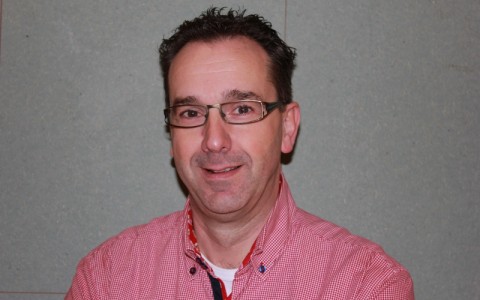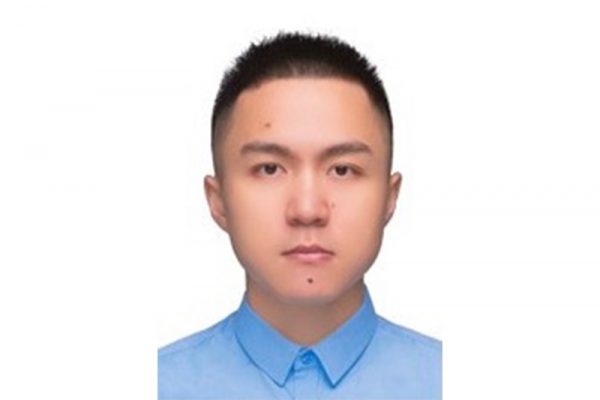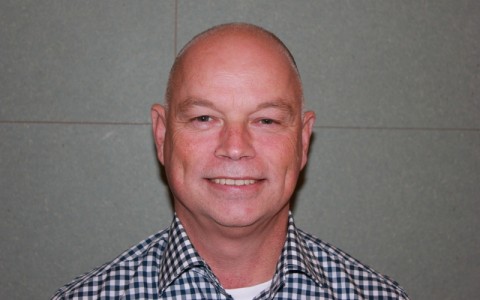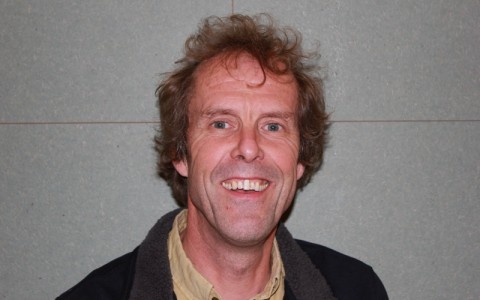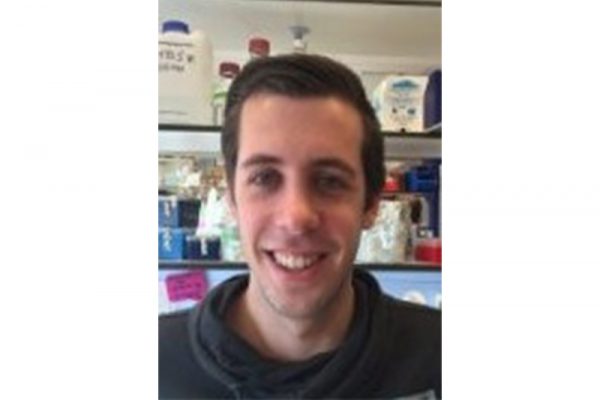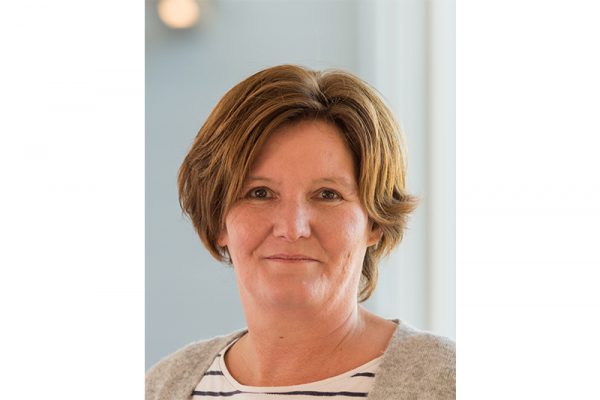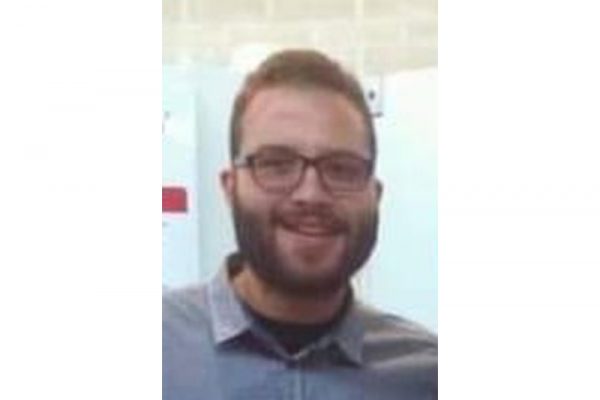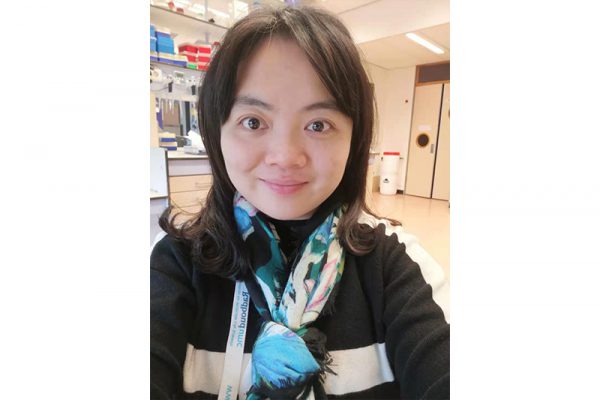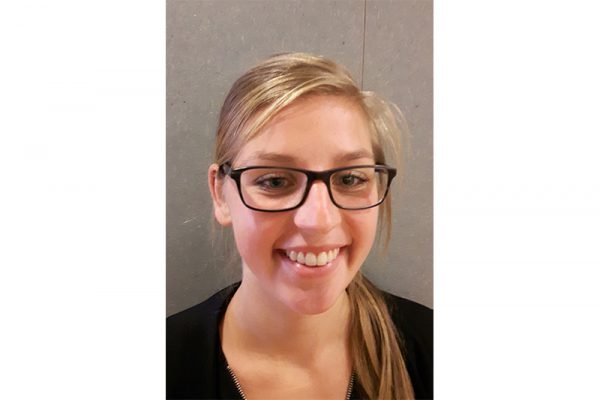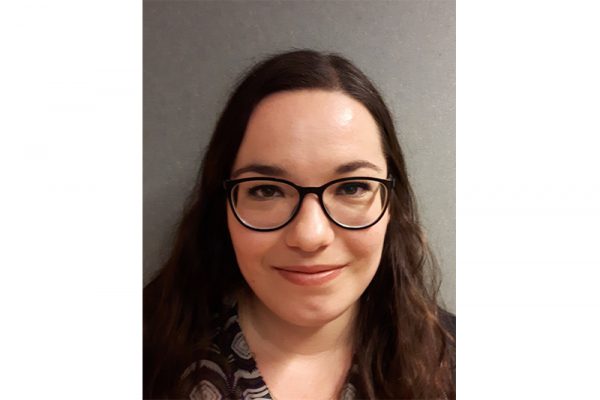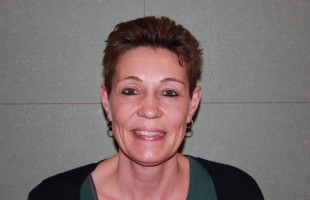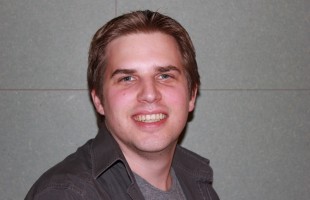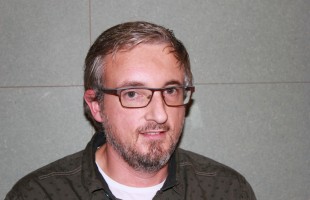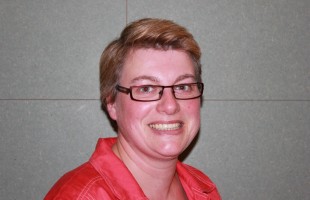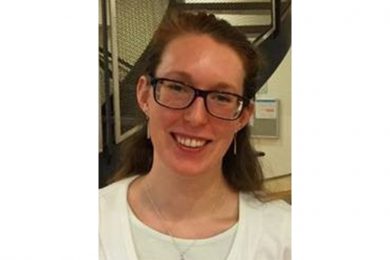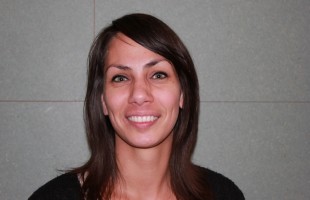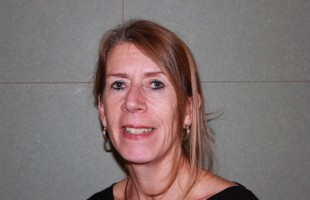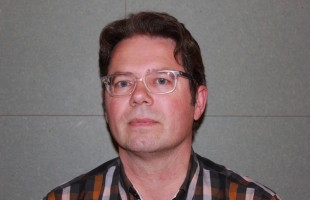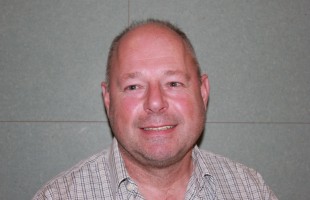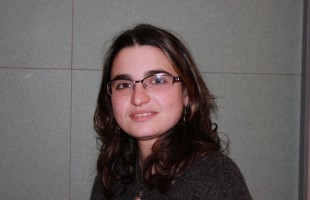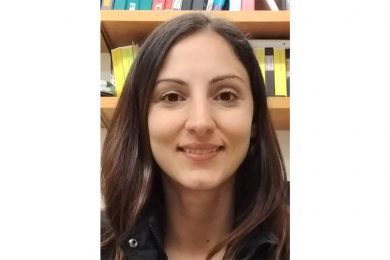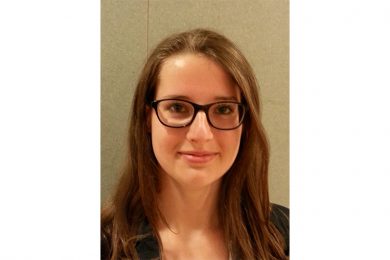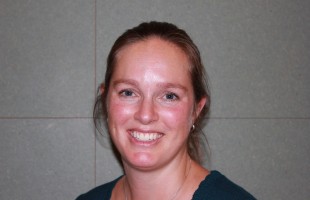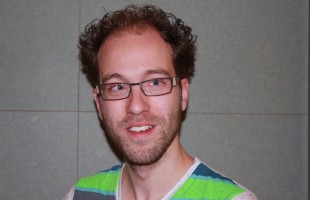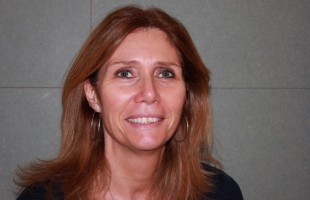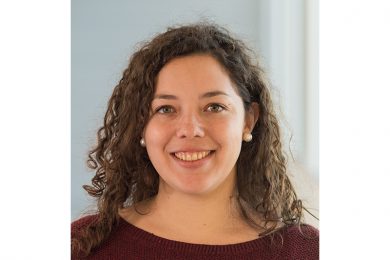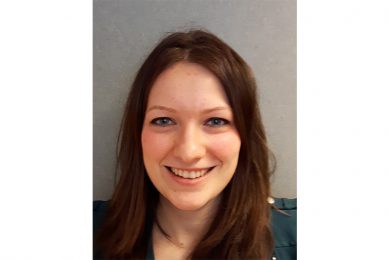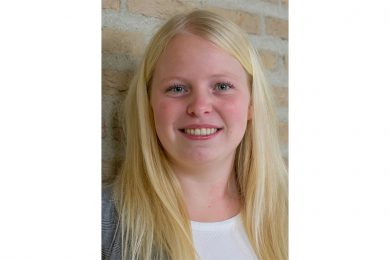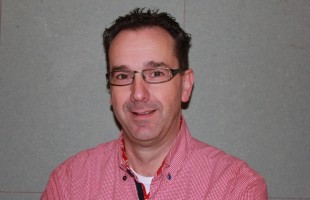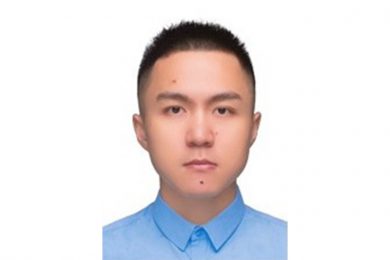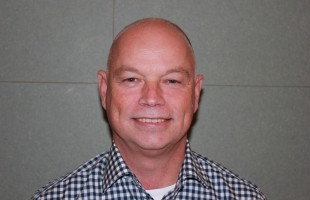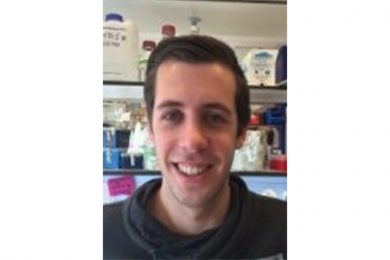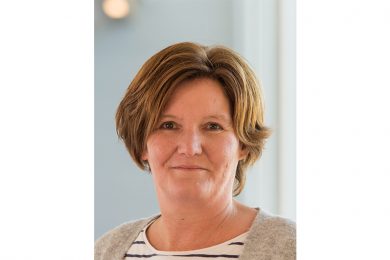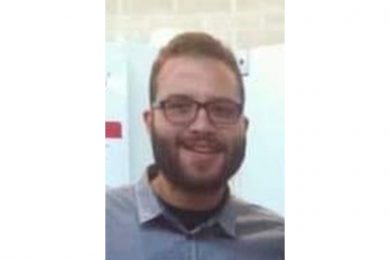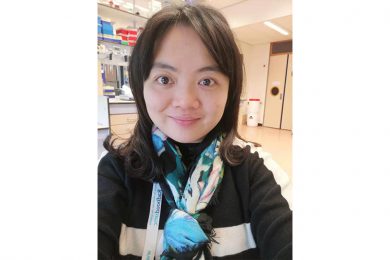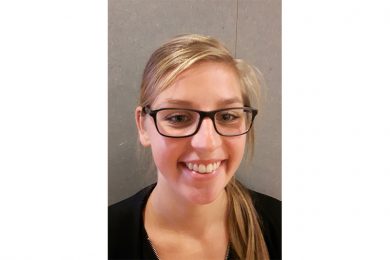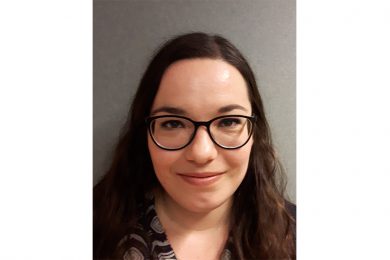Team
-
Arjan van Caan, PhD
Cartilage damage is a major aspect of osteoarthritis (OA), and causes disability and pain in patients. My research focuses on what goes wrong in chondrocytes, the cells that are responsibe for cartilage maintenance, as cause for disease. Growth factor signaling is essential for healthy chondrocytes, especially signaling of the TGF beta-superfamily. I investigate how ligands and receptors of this superfamily keep chondrocytes healthy or not, by looking at their intracellular signaling and downstream gene expression. I do this with special interest in how ageing affects these processes, as ageing is the main risk factor for OA. So far, my colleagues and I have identified several age-related changes as possible cause for disease, and we are now in the process of further characterizing these. Ultimately, we hope to identify a target for treatment in OA.
-
Arjen Blom, PhD
My research focuses on the involvement of the synovial membrane in OA pathology. Using a genome-wide transcriptomic approach we aim to identify specific genes, biological processes and pathways in the synovium that correlate with parameters such as joint damage, pain and progression. Both early and late synovial samples of human OA, as well as samples from our experimental models for OA, are examined. Once specific targets are identified, we proceed to validate these genes at mRNA, protein and functional level in our OA models, and if possible in human OA. Targets may be specific genes like WISP1, pathways like the wnt-signaling pathway or genes related to a specific cell type like macrophages. Specifically, I am interested in the involvement of the wnt signaling pathway in OA-related pathology. In addition, we are currently implementing and validating a gait analysis system in order to obtain a pain related functional/behavioral read-out for evaluation of effects in our murine OA-models.
-
E. Blaney Davidson, PhD
My research revolves around the intriguing TGF-beta superfamily of growth factors. I investigate the role of these growth factors in the pathophysiology of osteoarthritis, cartilage biology, cartilage tissue engineering and intervertebral disc degeneration. I am intrigued by the fact that the same growth factor can have opposing effects depending on the developmental stage of the various tissues affected in osteoarthritis. Therefore, I am especially interested in their dual function comparing old versus young tissue. For example, we identified that the prior unexplained dual function of TGF-beta in cartilage is due to its capacity to induce two opposite signaling pathways. Depending on which pathway is activated, it can have positive or negative effects in cartilage. We showed that the balance between these pathways is altered with age and that that could explain why elderly develop osteoarthritis. Practically, my research ranges from cell culture and tissue culture to mouse models of osteoarthritis as well as developing inducible cartilage-specific transgenic mice.
-
Fons van de Loo, PhD
My research interest is theragnostics and our goal is to develop novel therapies and diagnostic tools to monitor treatment responses in arthritis patients. We are especially interested in enhancing body’s own defense systems and use of negative feedback mechanisms to treat chronic autoimmune diseases. We translate the findings in our basic research on biomarkers, immunity and pathophiology of cartilage and bone for applications in diagnostics and treatment of (osteo)arthritis. For proof-of-concepts we use animal models and develop transgenic animals. We explore gene therapy for disease-regulated expression of biologics and modify extracellular vesicles (exosomes) as safe and versatile tools for treatment of arthritis. We are located at the Radboud Institute for Molecular Life Sciences and our research is embedded in the Radboud research theme; “Inflammatory diseases”. We participate in the collaborative network of ‘Be The Cure’, a IMI funded research project which aims to develop new therapies against rheumatoid arthritis.
-
Henk van Beuningen, PhD
Stem cells for the repair of articular cartilage in a diseased joint. Articular cartilage is nonvascularized and noninnervated and has a limited capacity to repair itself, thereby presenting a major clinical problem. Many efforts are made to tissue engineer cartilage to circumvent the incapability of natural repair. We placed our hope on stem cells, because of their chondrogenic capacity. For tissue engineering purposes, stem cells are placed in a cartilage defect or stem cell recruitment from the bone marrow is stimulated by penetrating the subchondral bone plate. However, cartilage requiring repair is generally located in a diseased joint and not in a healthy joint. We have shown that factors secreted by the synovial membrane of osteoarthritic (OA) joints inhibit chondrogenic differentiation of human mesenchymal stem cells, thereby impairing successful tissue engineering. To enable cartilage repair by stem cells in a diseased joint it will be necessary to inhibit these factors. We are now in search for the exact catabolic factors and pathways responsible for the inhibition of chondrogenesis in the OA joint.
-
Irene Di Ceglie, MSc
Large amounts of IgG-containing immune complexes are present in the serum and synovial joints of RA patients and play a crucial role in RA pathogenesis and bone destruction. During RA, large amounts of alarmins S100A8/S100A9 are released in the synovial fluid and correlate with the severity of the disease. We are investigating the interplay between and S100A8/A9 and FcyRs, receptors for IgG-containing immune complexes in RA pathology. Normally osteoclasts express FcγRs at low level. From previous data we know that S100A8 induces an upregulation of FcγRs on macrophages. Our hypothesis is that S100A8 can induces overexpression of FcyRs also on osteoclasts surphace. FcγRs recognize IgG-containing immune complexes and may further increase the bone resorbing activity of these cells. Both in vitro experiment on osteoclasts culture and in vivo experiment in murine models of RA are performed.
-
Marije Koenders, PhD
My research line focuses on cytokine targeting and immunomodulation, in particular Th17 cells and its related cytokines (IL-17, IL-21, IL-22). Using transgenic mice and neutralization studies in vivo, the cytokine network in rheumatoid arthritis is further unraveled. The development and standardization of animal models for experimental arthritis (European project “BeTheCure”) is my second research pillar. Additional ENSO-funding allows further development of humanized arthritis models for even better translation of therapeutic targets from bench to bedside. Our laboratory is worldwide known for its expertise in animal models for arthritis and is therefore an active partner within various national and European programs, as well as collaborating with external parties to test potential new therapeutic agents in our mouse models. Our research is embedded in one of the twenty research themes of the Radboud university medical center called “Inflammatory diseases”, and the laboratory Experimental Rheumatology is part of the Radboud Institute for Molecular Life Sciences (RIMLS).
-
Martijn van den Bosch, PhD
Activation and inflammation of the synovium, the tissue lining joint cavities, plays an important role in the development of osteoarthritis (OA). We previously found that several members of the Wnt signaling pathway are increased in the synovium of experimental OA models. The Wnt signaling pathway plays a central role in the embryonic development of bone, cartilage and joint cavities, processes that are turned on during OA. In my research project I am determining the effects of Wnt signaling on the induction and progression of OA using overexpression of Wnt members to determine their effects on OA pathology in vivo. In addition, we induce OA models in mice with impaired Wnt signaling to see if the pathology is decreased. Finally, we stimulate or block Wnt signaling in various cell types that are involved in OA development in vitro and measure the expression levels of important mediators, including cytokines and proteases that break down the cartilage matrix.
-
Onno Arntz
Extracellular vesicles (EVs/exosomes) are key players in intercellular communication, by shuttling proteins and miRNAs to other cells. It is known that miRNAs are potent regulators of immune responses and cell differentiation. In 2013 we started the development of techniques to isolate EVs and study the effect of commercial milk EVs on APC and T-cell function (in vitro), and in arthritis models (in vivo). Almost every cell in the body secretes EVs and several papers discuss their potential as biomarkers for disease (e.g. cancer and renal diseases). We are characterizing plasma EVs to determine their potential as biomarkers to discriminate between patient subsets suffering from rheumatoid arthritis and determine their value as reporters of treatment response in these patients. Furthermore, we are exploring the use of EV-based therapy in animal models of arthritis. One of our approaches is to genetically modify EV-producing cells to enhance the therapeutic potential of EVs selectively.
-
Peter van der Kraan, PhD
I am group leader of the work group “Osteoarthritis & Cartilage Regeneration” and head of Experimental Rheumatology (a.i.) My research interests include, but are not limited to, the pathobiology of osteoarthritis with a special interest in the role of growth factors and cytokines (e.g. TGF beta, BMPs, Wnts) in pathological processes, such as tissue destruction, inflammation and fibrosis, and its changing roles during ageing. Research is focused on the elucidation of the mechanism of tissue destruction in osteoarthritis and application of this knowledge in the prevention of tissue damage and the stimulation of tissue regeneration. Research covers the continuum from cartilage destruction, synovial inflammation, fibrosis and osteophyte formation to cartilage regeneration. To elucidate the pathological mechanisms, we use in vitro cell culture systems, viral over expression systems both in vitro and in vivo, tissue specific, inducible animal models and human tissues.
-
Peter van Lent, PhD
My research interest is to get a better understanding of the mechanisms involved in the interaction between the innate immune system and joint pathology (cartilage and bone destruction) in rheumatic diseases. Focus thereby lies on macrophages and their mediators. We translate our findings in basic research on developing new diagnostics and therapeutic tools like anti-inflammatory stem cell therapy. My group has a tracking record of more than 110 papers. We are located at the Radboud Institute for Molecular Life Sciences and our research is embedded in the Radboud theme “Inflammatory diseases”. We participate in the several European networks (ADIPOA, OSTEOIMMUNE, EUROCLAST and MIAMI) which aim to develop new diagnostic and therapeutic approaches.

